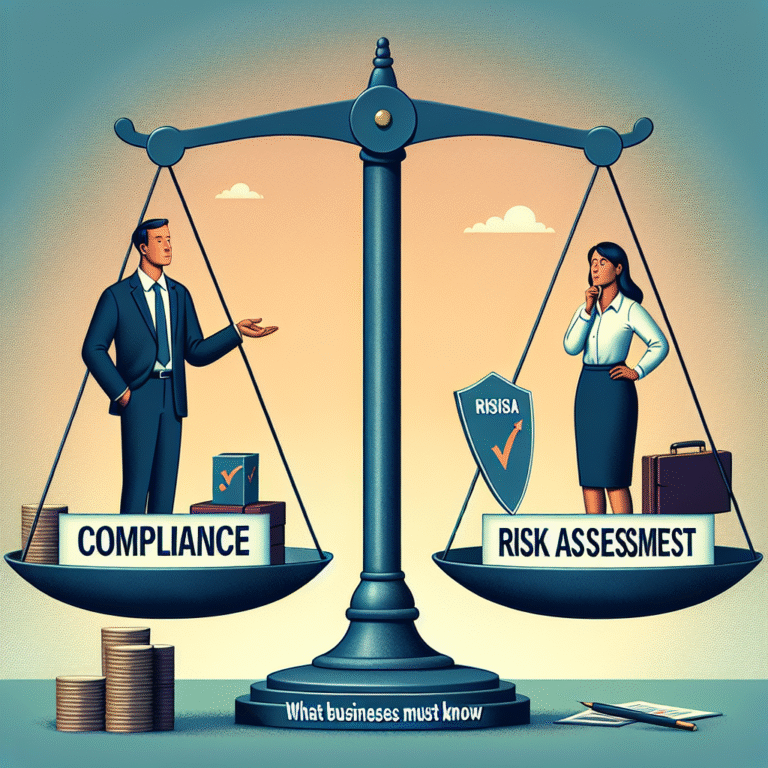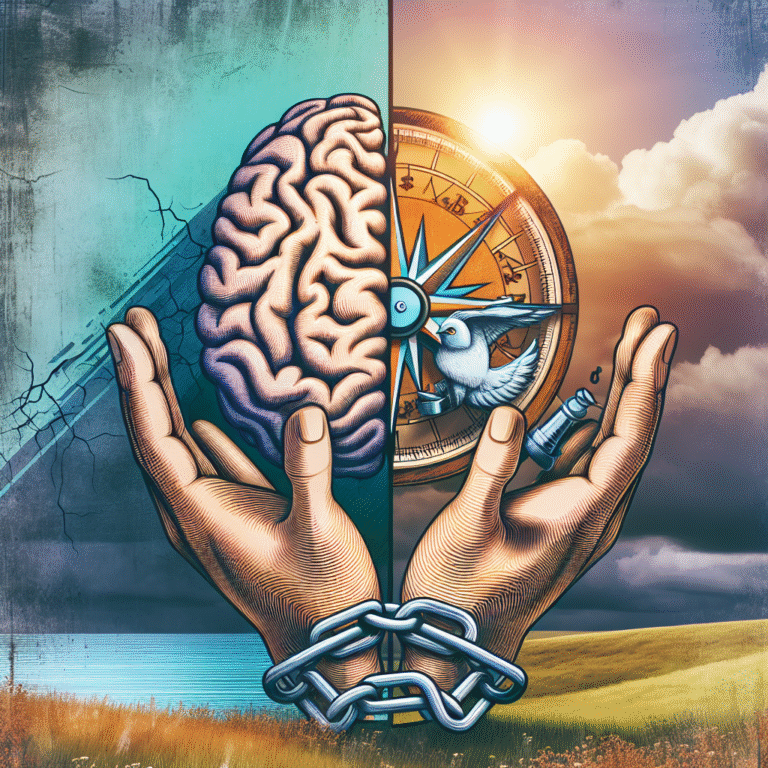
Introduction
Trauma is an indelible part of the human experience, shaping lives in profound ways. From childhood abuse to natural disasters, the specter of trauma can take many forms, affecting mental, emotional, and even physical well-being. For mental health professionals, understanding trauma is not just an academic exercise; it’s essential to effective client treatment. This comprehensive guide focuses on "Understanding Trauma: Key Assessment Techniques for Mental Health Professionals," offering insights into various methodologies, case studies, and practical tools that can enhance assessment processes in clinical settings.
Why Understanding Trauma Matters
Trauma isn’t merely a word; it’s a collection of experiences and reactions that can profoundly impact an individual’s life. As mental health professionals, the ability to assess trauma accurately leads to better treatment outcomes. Effective trauma assessments help identify the specific challenges clients face while giving professionals a foundational understanding upon which they can build tailored therapeutic approaches.
The Framework of Trauma Assessment
Defining Trauma
Before diving into assessment techniques, it is crucial to define what trauma really is. Trauma generally refers to the psychological, emotional response to an event or series of events that are deeply distressing or disturbing. The origins of trauma may include:
- Acute Trauma: Results from a single stressful or dangerous event.
- Chronic Trauma: Arises from repeated and prolonged exposure to highly stressful events, such as domestic violence or systemic oppression.
- Complex Trauma: Involves exposure to multiple traumatic events, often of an invasive or interpersonal nature, creating a significant positive feedback loop of distress.
The Importance of Contextual Evaluation
When assessing trauma, the context surrounding the traumatic event is as important as the event itself. Understanding a client’s background—including culture, familial relationships, and socioeconomic status—provides vital information that shapes their unique response to trauma.
Key Assessment Techniques
1. Clinical Interviews
Clinical interviews are foundational in understanding a client’s experience of trauma. Here, professionals can explore:
- Event history: What happened? How did it affect the individual?
- Presenting symptoms: What are the current behaviors that might stem from past trauma?
- Coping mechanisms: How does the individual cope with their trauma?
Case Study: Consider a 30-year-old woman named Sarah who experienced childhood abuse. Through clinical interviews, the therapist identifies not just the abuse but also Sarah’s coping strategies—like avoidance and emotional suppression. This understanding enables the therapist to tailor interventions effectively.
2. Standardized Assessments
Several standardized tools can assist in assessing trauma, including:
- PTSD Checklist (PCL): Assesses symptoms related to PTSD.
- Beck Depression Inventory (BDI): Evaluates the presence of depressive symptoms often associated with trauma.
Table 1: Standardized Assessment Tools
| Assessment Tool | Purpose | Key Features |
|---|---|---|
| PTSD Checklist (PCL) | Assess PTSD symptoms | Self-report format, specific items |
| Beck Depression Scale | Assess depressive symptoms | Self-report, comprehensive measures |
| Trauma History Screen | Identify past trauma | Includes various trauma types |
3. Observational Assessments
Observation provides another valuable technique. Non-verbal cues—like body language and facial expressions—can be strong indicators of trauma. Mental health professionals should note these cues during sessions to help form a more comprehensive picture of the client’s emotional state.
Case Study: In a session with David, a 45-year-old war veteran, the therapist observes significant agitation and discomfort as he discusses his military service. This non-verbal feedback informs the therapist’s approach, prompting the use of grounding techniques to help David manage his emotional response during the conversation.
4. Self-Report Measures
Encouraging clients to engage in self-reflection through journaling or symptom checklists allows for a better understanding of their emotional landscape. This practice enables mental health professionals to gauge the effectiveness of therapy over time.
5. Multi-disciplinary Collaboration
Working alongside other professionals—such as social workers, medical doctors, or educational psychologists—can provide holistic insights into a client’s trauma. Multi-disciplinary approaches ensure clients receive comprehensive care and support.
Practical Interventions Based on Assessment Findings
Creating Individualized Treatment Plans
An understanding of trauma and its assessment allows for the development of focused, individualized treatment plans. Therapists may incorporate evidence-based approaches such as:
- Cognitive Behavioral Therapy (CBT): Helps clients reframe negative thought patterns stemming from trauma.
- Eye Movement Desensitization and Reprocessing (EMDR): A unique approach specifically designed for trauma recovery.
Case Study: After assessing Anna, a 28-year-old survivor of a car accident, the therapist decides on EMDR based on her trauma history and symptoms. Direct engagement with her memories linked to the accident proves effective, allowing Anna to reduce her anxiety and intrusive thoughts over time.
Continuous Assessment
Understanding trauma is not a one-off exercise; it’s a continuous process. Mental health professionals should regularly assess clients to adapt treatment plans based on progress and any new stressors that may arise.
Conclusion
In conclusion, "Understanding Trauma: Key Assessment Techniques for Mental Health Professionals" lays the groundwork for effective intervention strategies. By focusing on comprehensive assessments, professionals can truly understand their clients, leading to increased efficacy in therapeutic outcomes. The path to recovery is not linear, but with the right tools and understanding, mental health professionals can guide clients through their healing journeys.
FAQs
1. What is the primary goal of trauma assessment in therapy?
The primary goal is to gain a comprehensive understanding of a client’s trauma history, symptoms, and coping mechanisms to inform effective treatment.
2. How can standardized assessments enhance understanding of trauma?
Standardized assessments provide measurable data on symptoms, which can clarify the client’s experiences and guide treatment planning.
3. Why are observational assessments important?
Observational assessments help capture non-verbal cues that may reflect a client’s emotional state, offering insights into the depth of trauma experiences.
4. How often should trauma assessments be revisited?
Assessments should be revisited regularly, especially if new stressors arise or if there is a noticeable change in symptomatology.
5. Can trauma be effectively treated?
Yes, many therapeutic approaches have been shown to be effective in treating trauma-related symptoms, facilitating healing and growth for clients.
By integrating these assessment techniques, mental health professionals can better navigate the complexities of trauma, turning challenges into opportunities for impactful intervention and lasting healing.

















